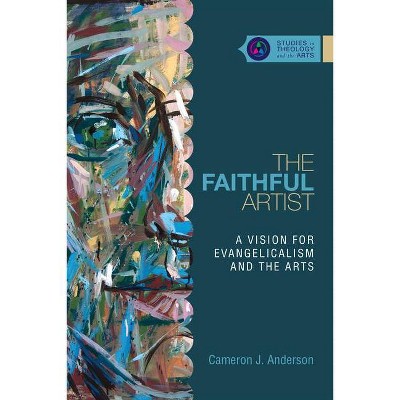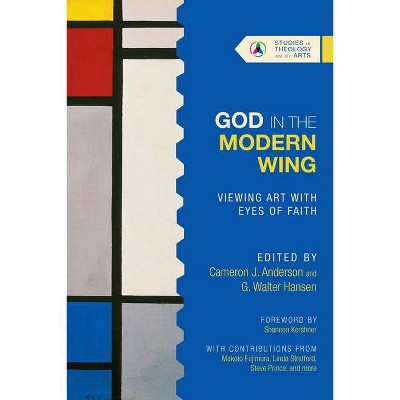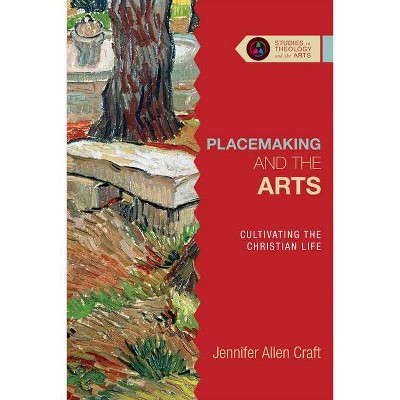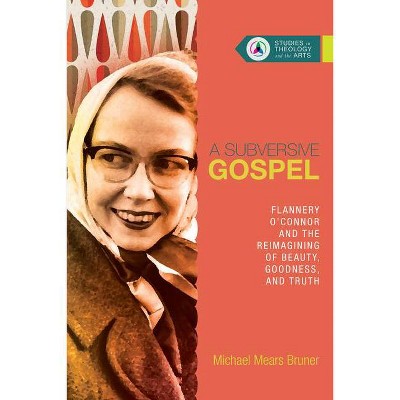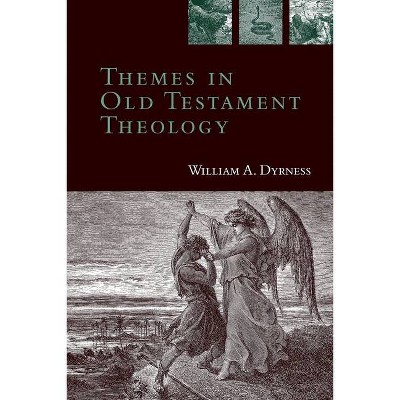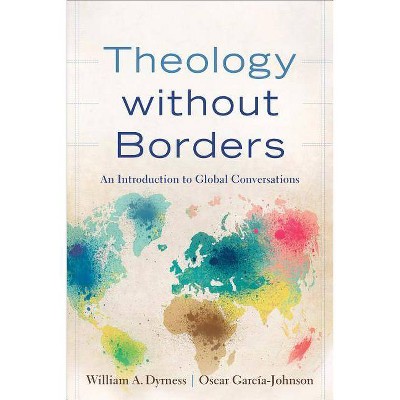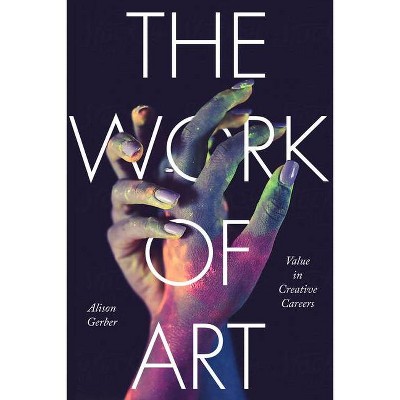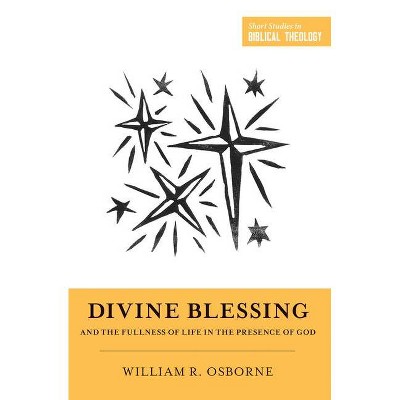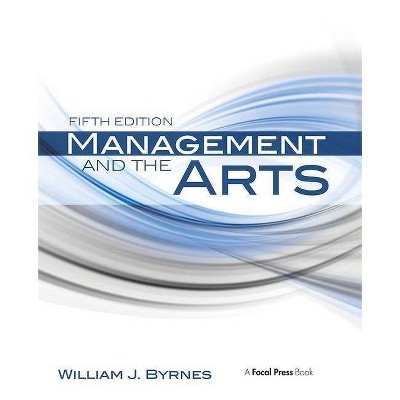Modern Art and the Life of a Culture - (Studies in Theology and the Arts) by Jonathan A Anderson & William A Dyrness (Paperback)
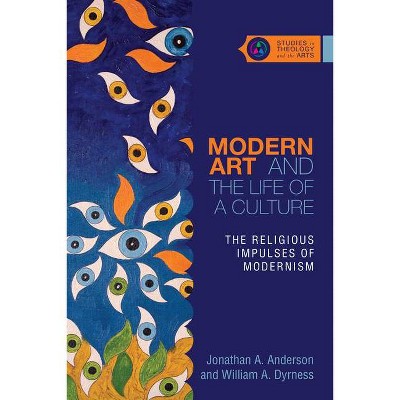
Similar Products
Products of same category from the store
AllProduct info
<p/><br></br><p><b> About the Book </b></p></br></br><p>In 1970, Hans Rookmaaker published <em>Modern Art and the Death of a Culture</em>, a groundbreaking work that considered the role of the Christian artist in society. This volume responds to his work by bringing together a practicing artist and a theologian who argue that modernist art is underwritten by deeply religious concerns.</p><p/><br></br><p><b> Book Synopsis </b></p></br></br><ul> <li>Christianity Today's 2017 Book of the Year Award of Merit - Culture and the Arts</li> </ul><p>For many Christians, engaging with modern art raises several questions: Is the Christian faith at odds with modern art? Does modernism contain religious themes? What is the place of Christian artists in the landscape of modern art? Nearly fifty years ago, Dutch art historian and theologian Hans Rookmaaker offered his answers to these questions when he published his groundbreaking work, <em>Modern Art and the Death of a Culture</em>, which was characterized by both misgivings and hopefulness. While appreciating Rookmaaker's invaluable contribution to the study of theology and the arts, this volume--coauthored by an artist and a theologian--responds to his work and offers its own answers to these questions by arguing that there were actually strong religious impulses that positively shaped modern visual art. Instead of affirming a pattern of decline and growing antipathy towards faith, the authors contend that theological engagement and inquiry can be perceived across a wide range of modern art--French, British, German, Dutch, Russian and North American--and through particular works by artists such as Gauguin, Picasso, David Jones, Caspar David Friedrich, van Gogh, Kandinsky, Warhol and many others. This book, the first in IVP Academic's new Studies in Theology and the Arts series, brings together the disciplines of art history and theology and points to the signs of life in modern art in order to help Christians navigate these difficult waters.</p><p/><br></br><p><b> Review Quotes </b></p></br></br><br><p>In <em>Modern Art and the Life of a Culture</em> (2016), Jonathan A. Anderson and William A. Dyrness also rewrite modernist history, but from a Protestant theological perspective, arguing 'that the crises and labors of modernist art were, among other things, <em>theological</em> crises and labors.' Dig around in art, and we find religion. Dig around in religion, and we find art.</p>--S. Brent Plate, Los Angeles Review of Books, January 24, 2017<br><br><p>Essential reading for anyone interested in the relationship between biblical revelation and modern art.</p>--David McKay, The Covenanter Witness, February 2018<br><br><p>In seven chapters, artist/art critic Jonathan Anderson and noted cultural theologian William Dyrness offer a compelling counter-narrative to Hans Rookmaaker's provocative and highly influential <em>Modern Art and the Death of a Culture</em>. . . . This volume is indispensible not only for Christians seeking to be faithful participants in the contemporary art world (artists, curators, critics, etc.) but anyone desiring a fascinating account of the omission of religious sources feeding modern art. Indeed, by taking modern art on its own terms, the authors have demonstrated convincingly that the standard story of modern art as a purveyor of secularism is untenable, making it impossible ever to view modern art the same way.</p>--Bob Cavolo, SEEN/CIVA, XVI:2 2016<br><br><p>In this compelling collaboration between an artist and a theologian, Jonathan A. Anderson and William A. Dyrness begin a conversation about how Christian artists, critics, enthusiasts and theologians can reclaim and rediscover modern art, identifying and celebrating its religious and spiritual impulses.</p>--Jon J. Marlow, Transpositions, Spring 2017<br><br><p>Just what should Christians think of modern art? Is it void of all religious impulses and persuasions? Or is there a deeper vision often left unexplored? Rather than writing off the last century and a half of visual art as purely secular, Anderson and Dyrness meticulously detail the patterns of piety and spirituality that both influenced and empowered artists like van Gogh, Gauguin, Kandinsky, and Warhol.</p>--Wade Bearden, Christianity Today, The 2017 Book Awards<br><br><p>This book is highly recommended as a valuable resource for both theology and art libraries, and as advanced reading for those engaged in similar conversations.</p>--Ryan Stander, Horizons<br><br><p>This book signals an important mid-course correction in evangelical scholarship about modern art and it should become a staple textbook in college and seminary classes.</p>--Gregory Wolfe, Image Journal, October 2016<br><br><p>While the treatment of Rookmaaker will be of particular interest to Protestant readers, the reassessment of modern arts' perceived secularity extends its relevancy across the church and into art history as well. Thus, this book is highly recommended as a valuable resource for both theology and art libraries, and as advanced reading for those engaged in similar conversations.</p>--Ryan Stander, Horizons, June 2017<br>
Price History
Price Archive shows prices from various stores, lets you see history and find the cheapest. There is no actual sale on the website. For all support, inquiry and suggestion messagescommunication@pricearchive.us
